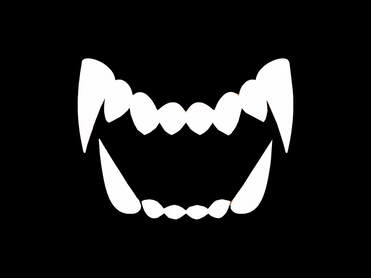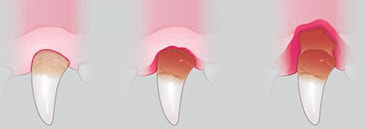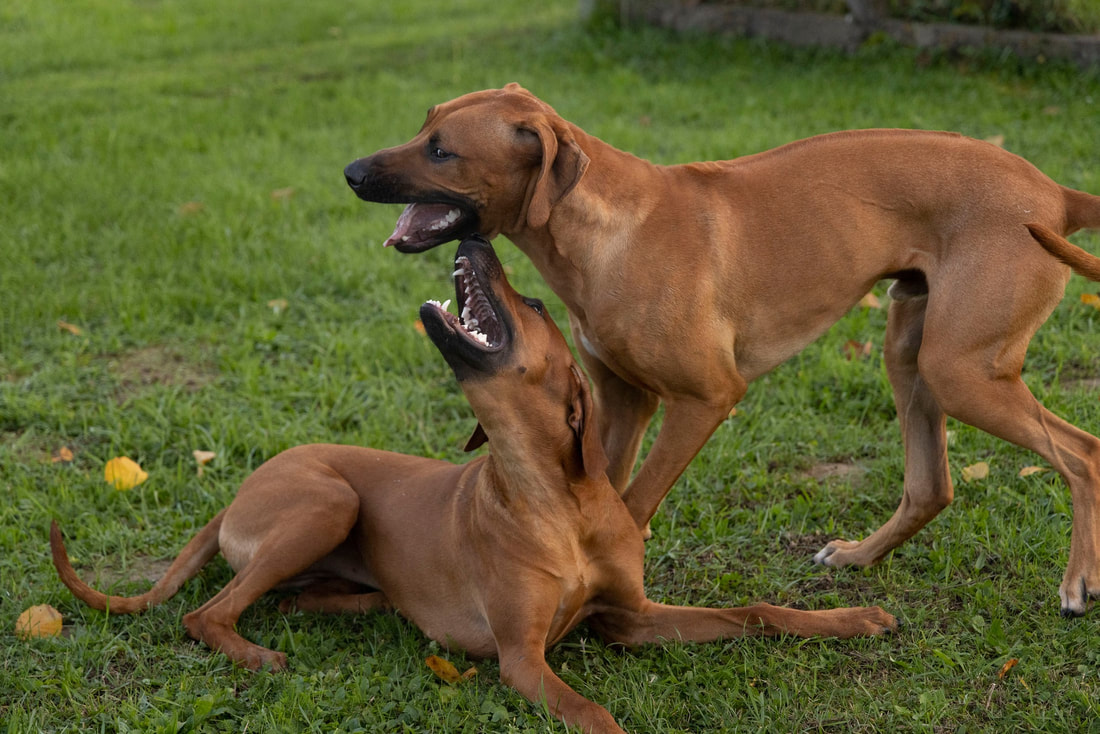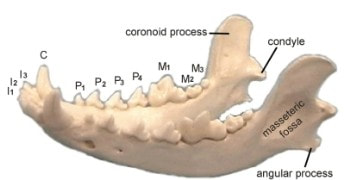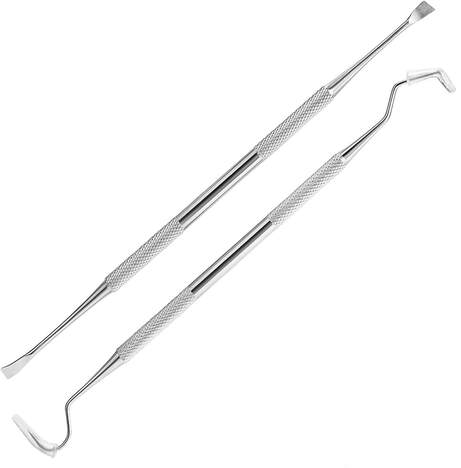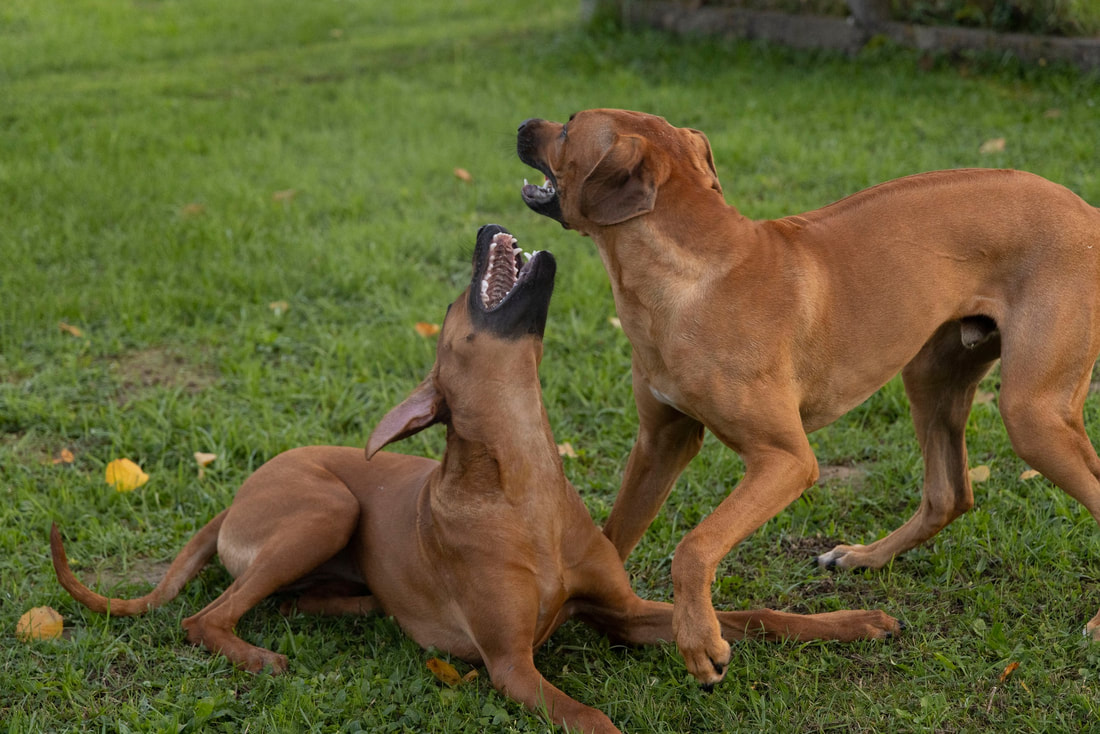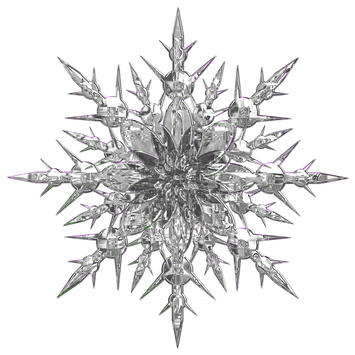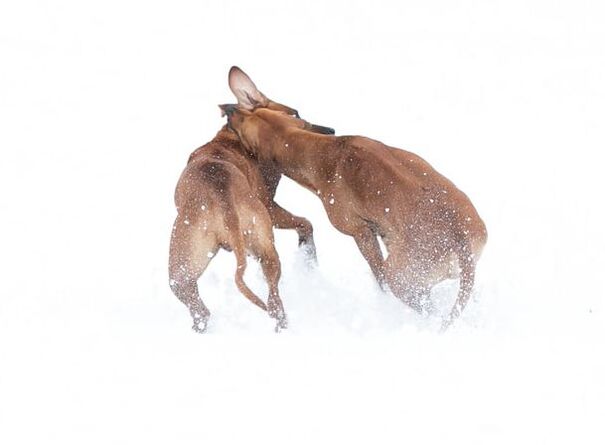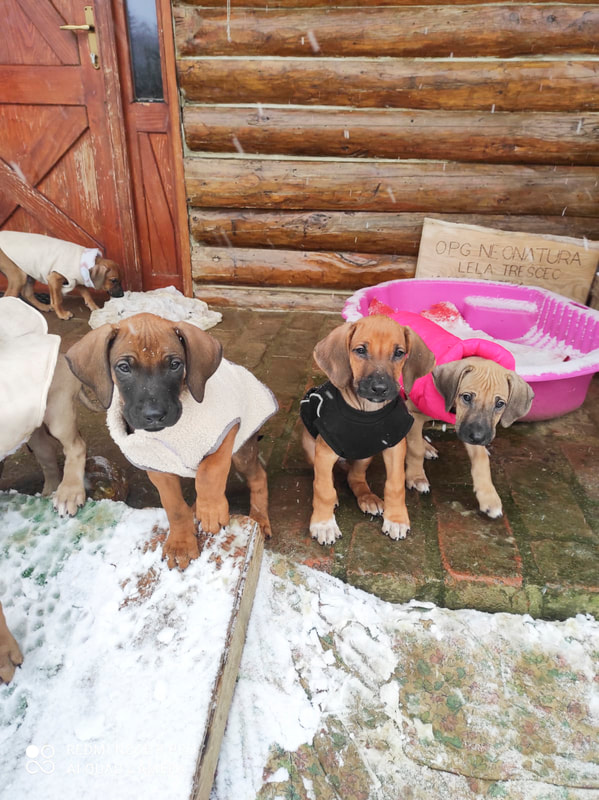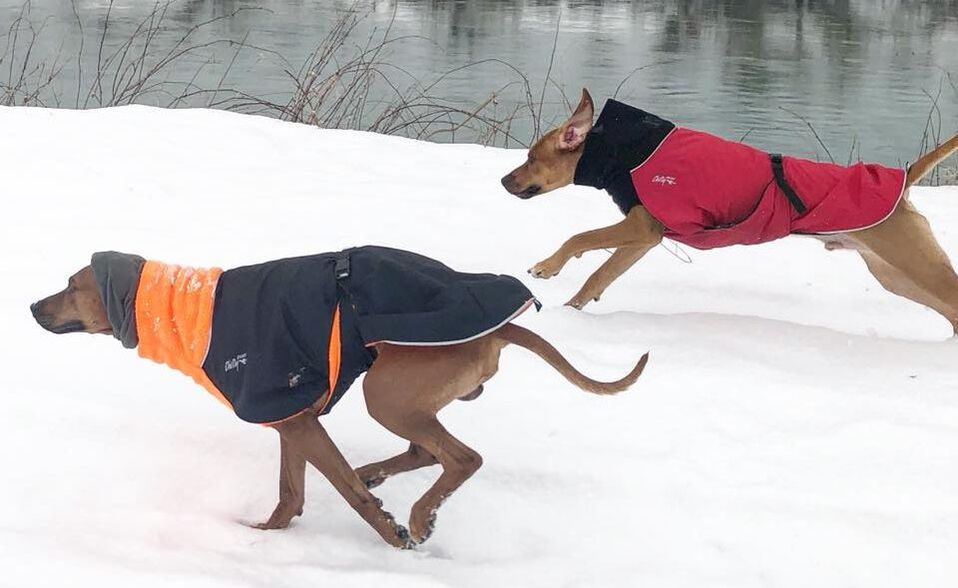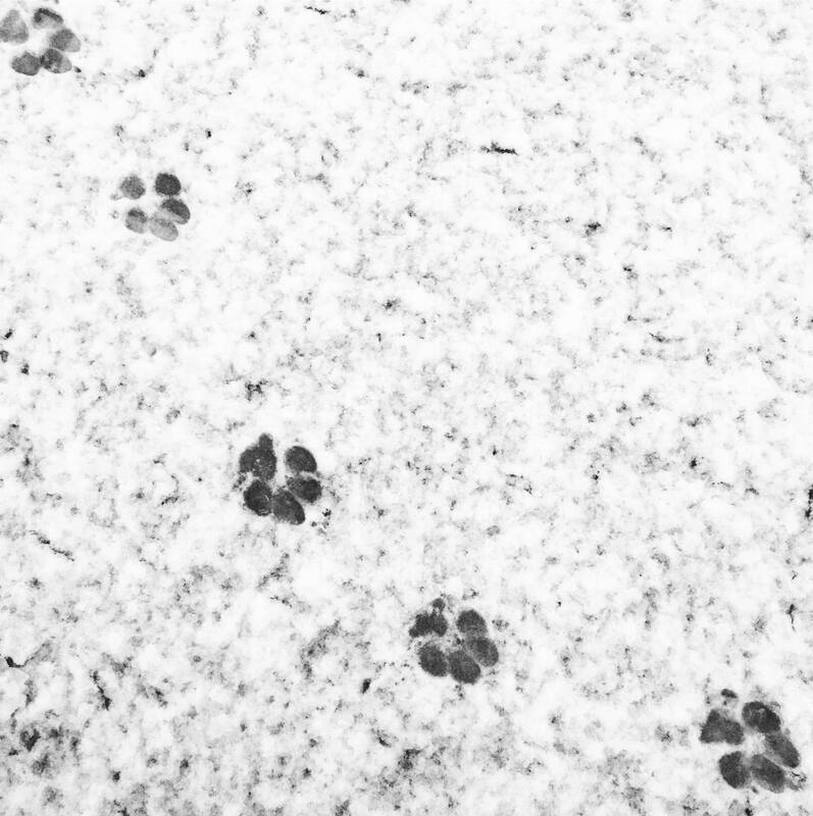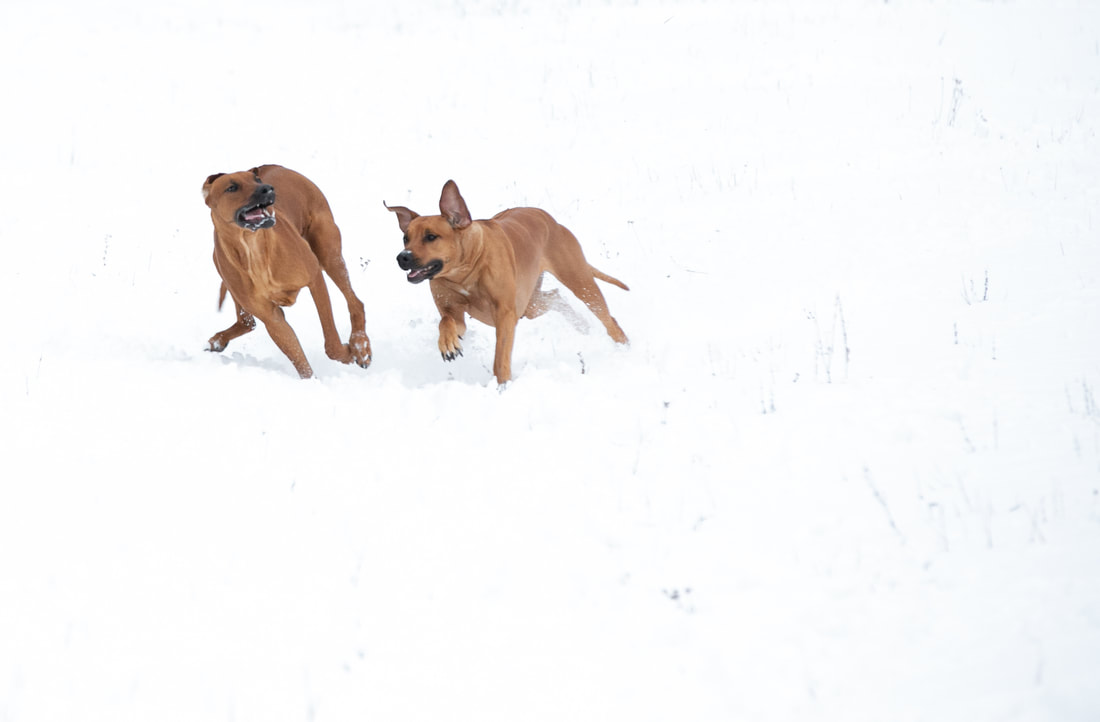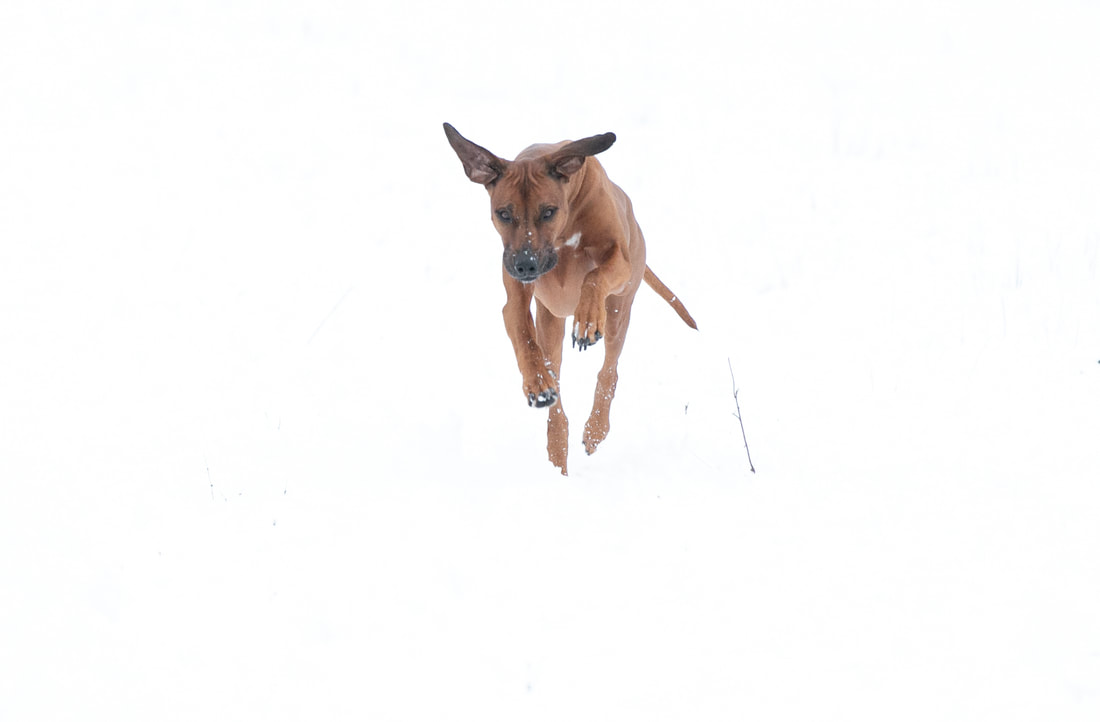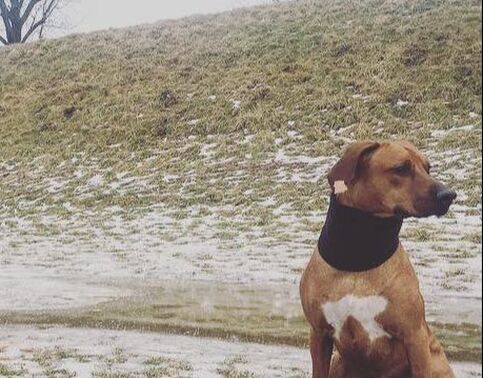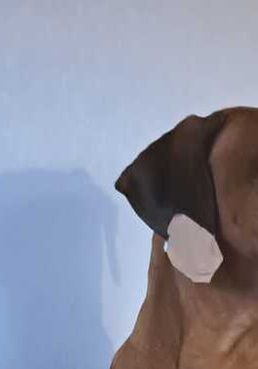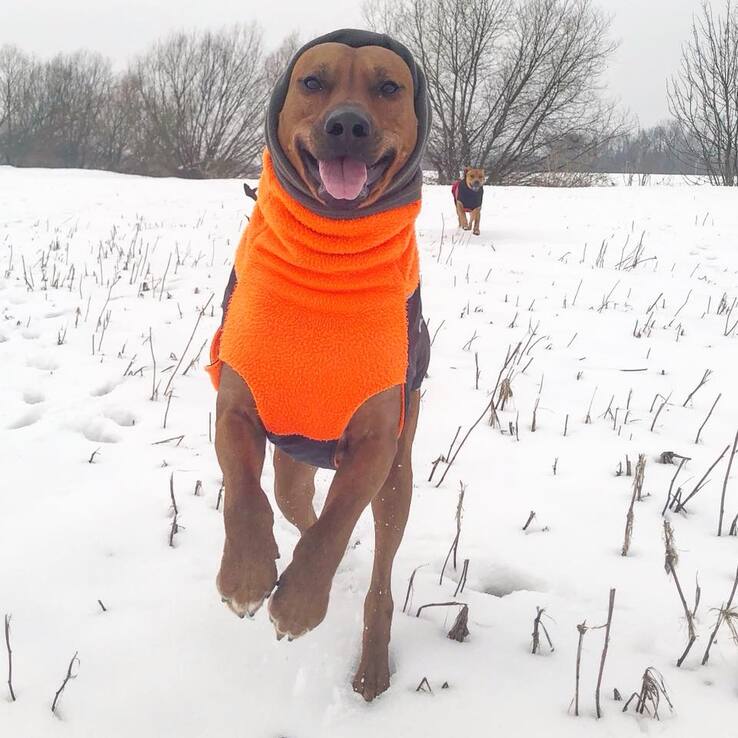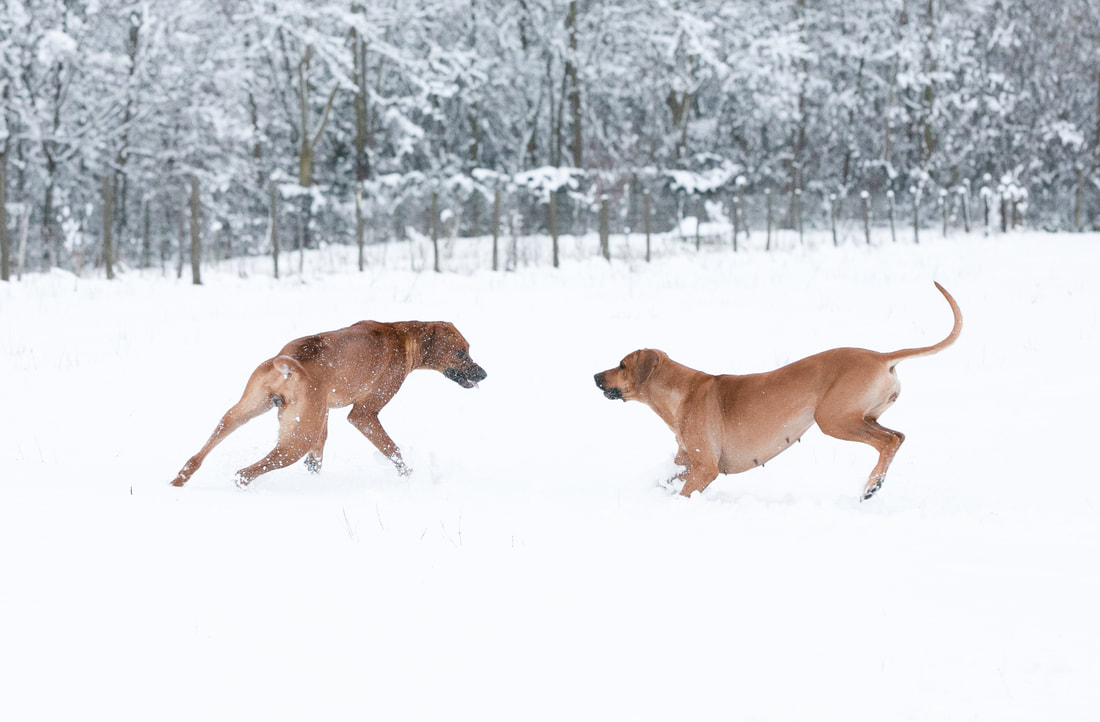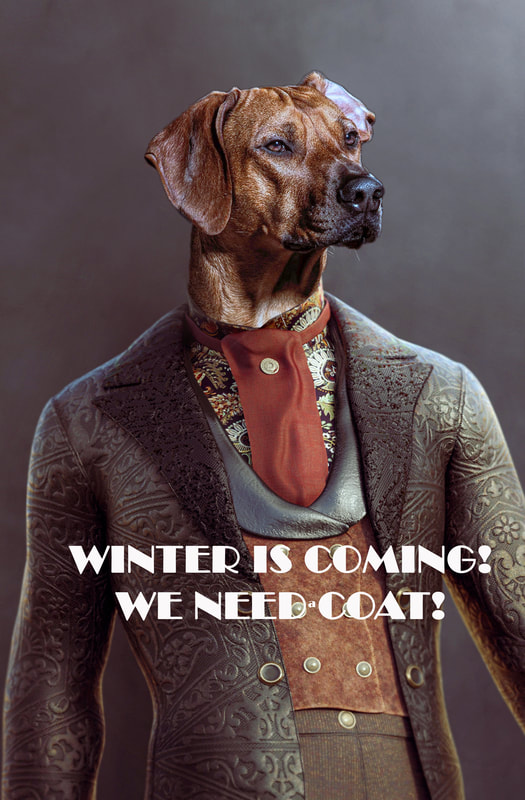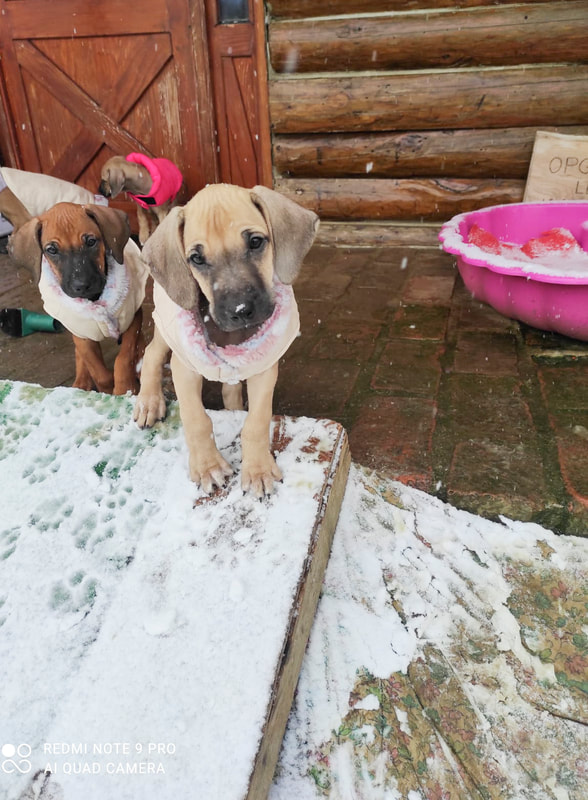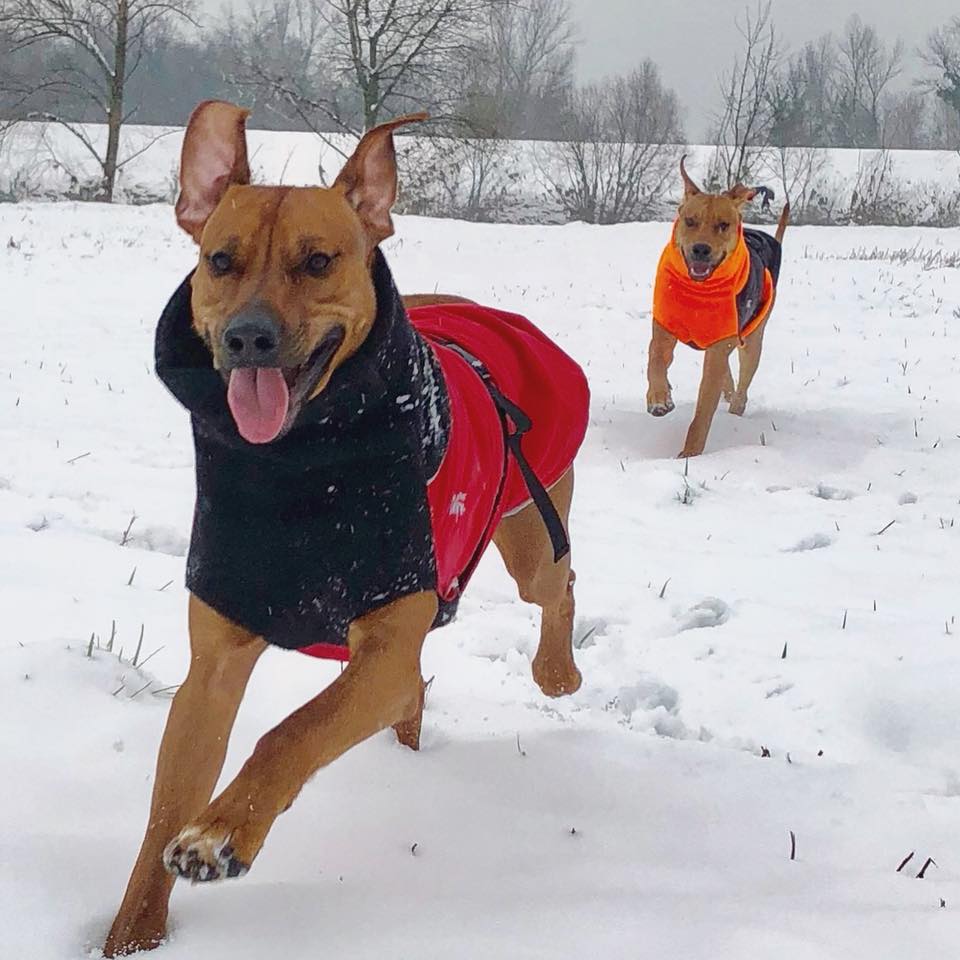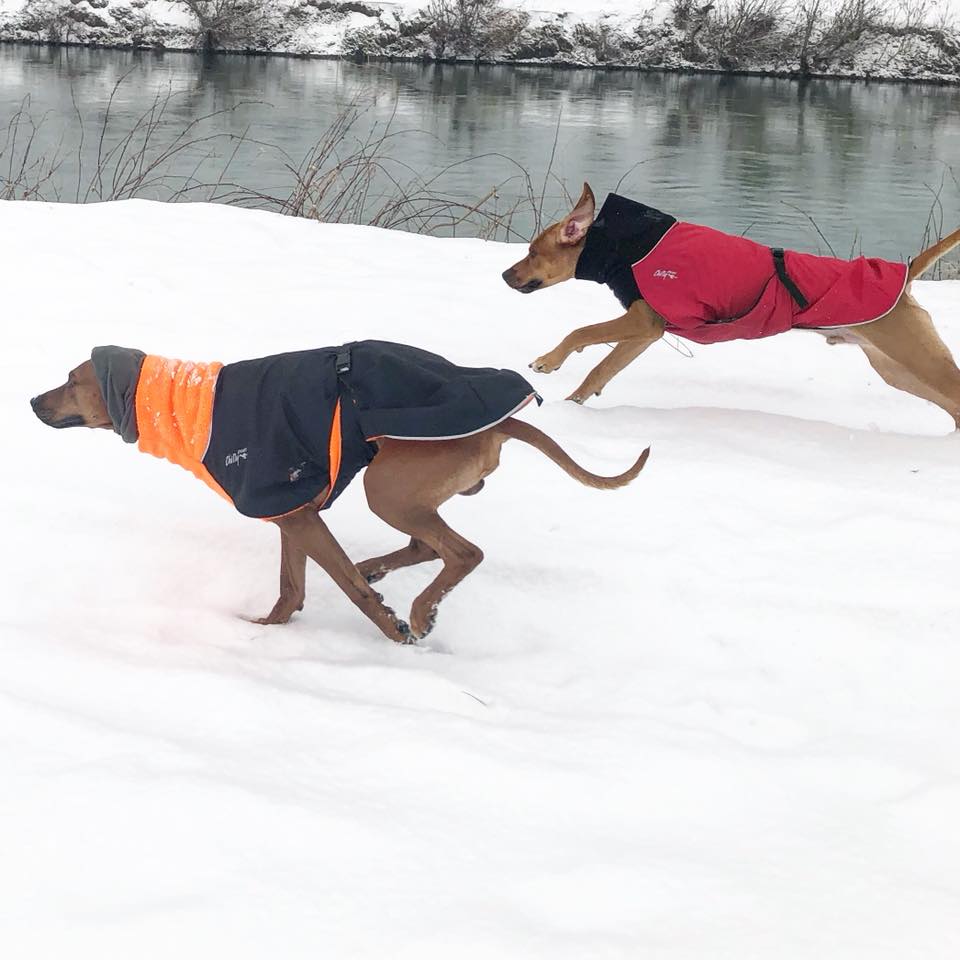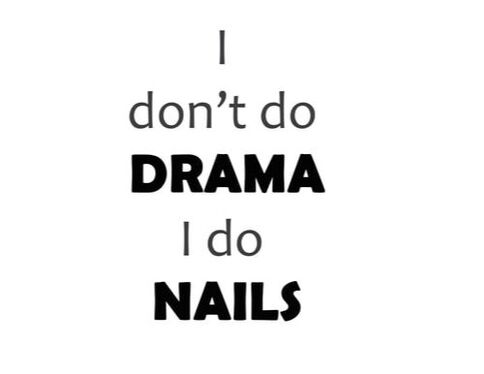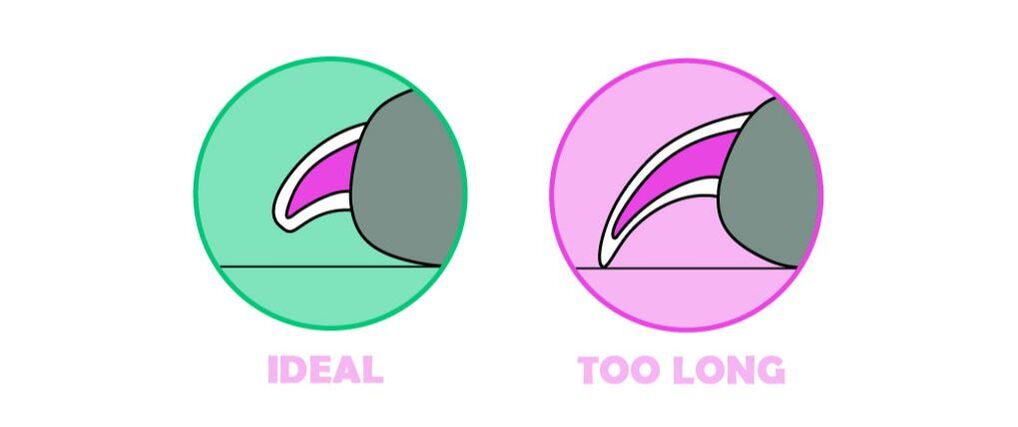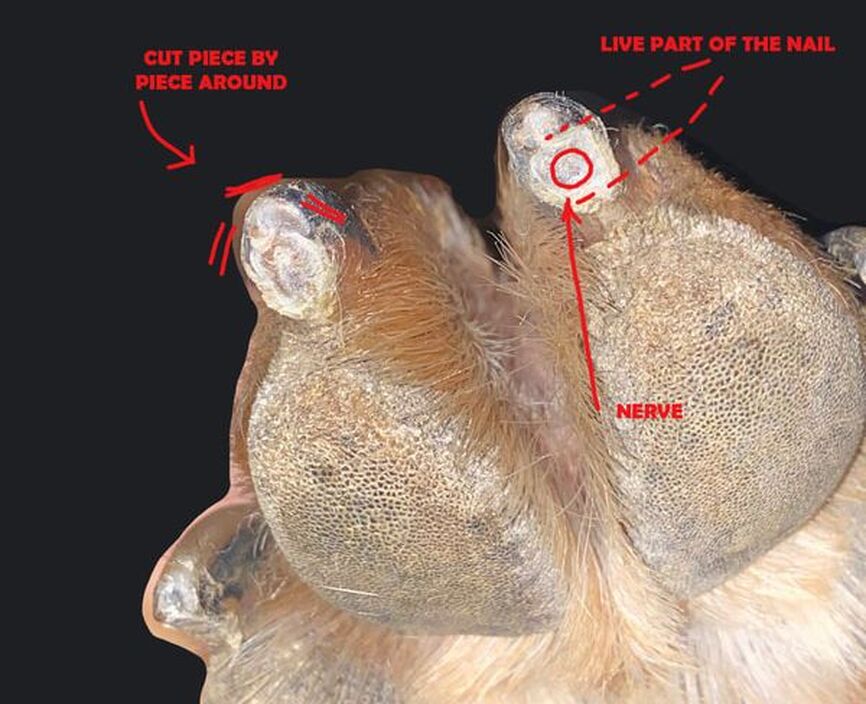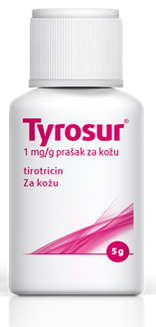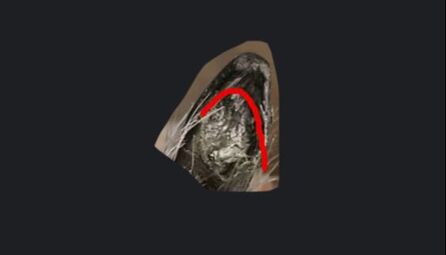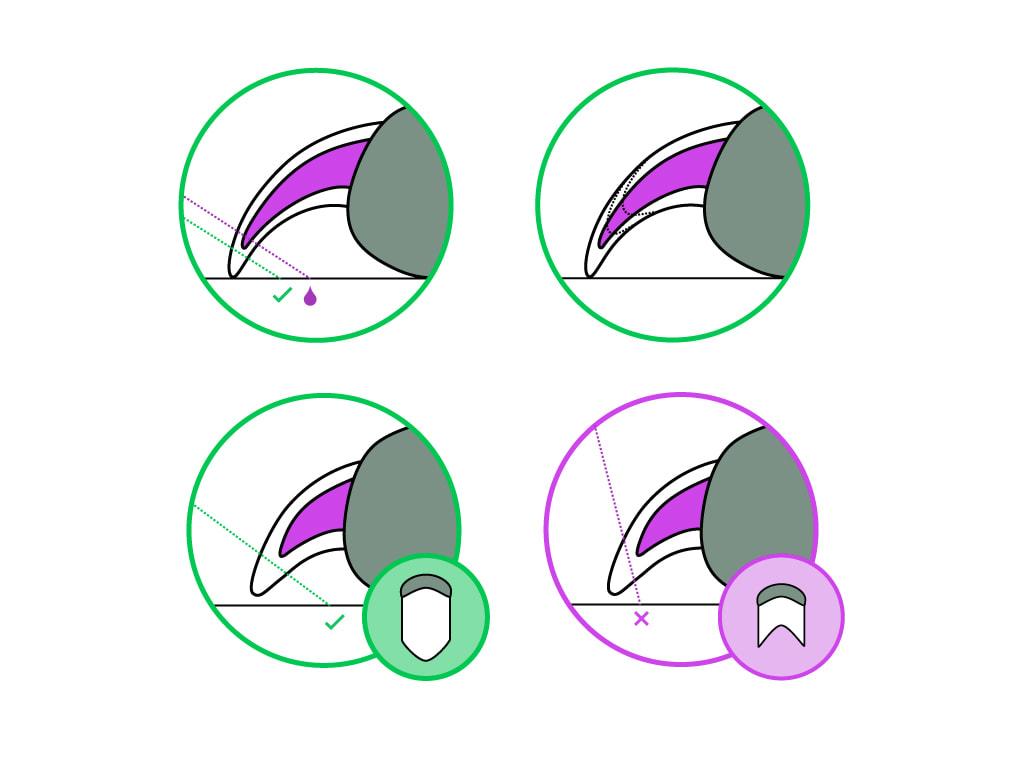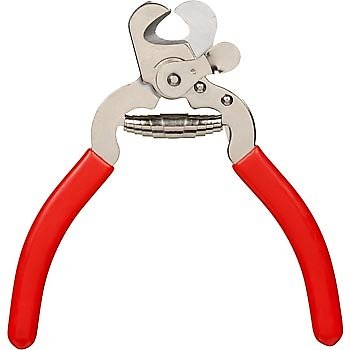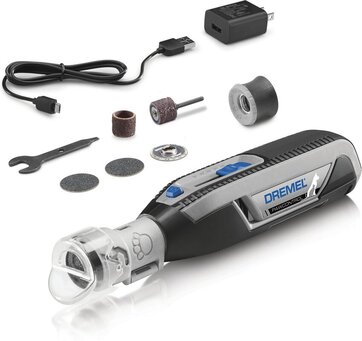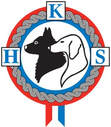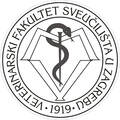|
Dog owners should know that regular cleaning of their dog's teeth is extremely important for their dog's health. As with humans, dogs develop plaque. Plaque is a gummy substance that forms on the teeth within a few hours after a meal. Within 24 hours, plaque begins to harden by combining with salts that are present in the saliva. As the plaque continues to accumulate and mineralize, it eventually transforms into tartar. Tartar, also called calculus, is rough and porous and can develop above and below the gum line. There are two ways that tartar harms the teeth and gums. First, tartar forms a rough surface serving as a place for bacteria to grow and multiply in the mouth. Bacteria can cause inflammation of the gums (gingivitis), which often results in painful bleeding. Gingivitis often progresses to periodontal disease, which leads to further inflammation, pain, and tooth loss (see handout "Dental Disease in Dogs" for further information). As tartar builds up along the gum line, it pushes the gums away from the roots of the teeth. As the gums recede, they expose the sensitive, enamel-free part of the tooth which causes sensitivity and pain and of course your dog will have a really bad smell from the mouth. Second, the bacteria on the tartar can be absorbed into the blood stream and deposited in various organs, including the heart and the kidneys, causing infection. The internet is full of advices on how to brush your dog's teeth on a daily basis, but your dog probably won't find it fun at all. In addition, it is necessary to buy toothbrushes and toothpastes for dogs. But if you ask us, it is more important to buy dental treats and chew toys for your dog to clean his teeth. What we do? :) Every few weeks we give our dogs to chew a raw bone (more about that you can read in our blog - "Bones do and don't"). It is important that the bone is previously frozen and defrozen on the room temperature. When chewing the bone, your dog will perfectly clean the molars, premolars and incisors but since the dog does not use canine teeth for chewing, this is the only tooth you should try to clean. FUNCTIONS OF DOG TEETH INCISORS Dogs have a total of 12 incisors in their mouths consisting of six incisors in their upper jaw and six incisors in the lower jaw. These single-rooted teeth have several functions. If you watch your dog chew on a bone, you'll likely notice that he doesn't seem to use his incisors much, but if you give your dog a bone with some meat attached, you may notice that he'll use this front teeth to rip and scrape the meat off the bone. For sake of comparison, the action is similar to when we remove kernels of corn on a cob. On top of being used to scrape bones, those incisors also come handy for removing burrs from the coat and carrying objects around. CANINE TEETH Right next to the incisors are a dog's canine teeth. Dogs have four canine teeth, two in the top and two in the bottom. When the dog's mouth closes, these canine teeth should intersect nicely when they meet in a scissor bite. Canines are those sharp and pointy single-rooted teeth that are common in meat-eating animals. What are a dog's canine teeth used for? A dog's canine teeth were very important for survival purposes, as they allowed dogs to inflict several stabbing wounds to their prey. They also helped in catching and holding prey and tearing carcasses apart. PREMOLARS Dogs have a total of 16 premolars, eight in the upper jaw and eight in the lower one. They are located behind the dog's canine teeth. Also known as cheek teeth, some of the farthest premolars are only seen when a dog's lips are pulled back. If you watch your dog chew on a toy or bone, you'll likely see him tilt his head to the side so that he can use his premolars. In the wild these teeth are used to rip meat away from bones. The arrangement of these teeth somewhat resembles shears with a serrated blade, an arrangement that helps dogs break food into smaller pieces, courtesy of these teeths' sharp edges. MOLARS There are four molars in the dog's top jaw and six molars in the lower jaw. Often people become aware of their existence only when the vet mentions that one or more of these teeth need extracted. What are a dog's molars used for? We can get a clue from these teeth's flat surfaces. Dog molars are crafted so to allow dogs to grind foods like their kibble and crush bones. Mother dogs also rely on their molars to snip off the pups' umbilical cord. If you notice that canine tooth has some tartar, the best way to take tartar from the tooth is to use a dental tool for taking the tartar from the canine teeth. This is what we do!!! You can buy this tool on ebay, Amazon and other selling platforms. To take a tartar from the tooth, use the tool with wider end and just scratch down the tartar in direction from the root to the top of the tooth. Of course you should do everything slowly. Let the dog smell the tool and prepare treats. Take one stroke of the tool on the tooth, give the treat to dog immediately and continue like this...and in about 15 minutes, the canine teeth will be clean. The most important is that you teach your dog from the puppy age that it is normal to enter his mouth and not to leave his teeth to get tartar.
If you will not care you will soon or later have to sedate your dog to have the vet clean them with an ultrasound, and why to sedate dog if you can continously take care of the teeth?. It is much simpler to do it with raw bones that dogs like to chew and with a dental tool to clean the cacines while sitting with your dog on sofa.:)
0 Comments
DOG COAT Since Ridgebacks have no undercoat, they literally freeze, especially if they are not active outdoors. So yes, it would be a good to buy a coat for your dogs to protect them from the cold. More about this theme you may find under our blog YES! WE NEED WINTER COATS! CHECK THE PAWS AND RINSE THEM WITH WATER AFTER A WALK During the winter, many roads, sidewalks and paths are sprinkled with salt to prevent the ground from freezing and this is a danger four our dog paws. If you notice your dog’s paw pads are red, swollen or irritated, or your pup starts limping and even refuses to walk outside during winter, they may be experiencing the negative physical effects of rock salt. One of the worst things you can do if you notice your dog in discomfort is continue to let them walk on the melting product. If your dog’s paw pads are already cracked and broken, the pain will be intensified by walking on more salt and literally rubbing salt in the wounds. We recommend to wash and rinse their paws after your walk! DO NOT PUT ANY BALM ON THE PAW PADS FOR PROTECTION! BALM IS NEEDED ONLY IF THE PADS ARE HURT, SO THEY CAN HEAL BETTER! There are all kinds of smart and extremely stupid tips on the internet, including the one to put balm on paw pads in the winter, which makes no sense at all. For dogs the pads are like shoe soles, and if we soften them by balming them, they will be less resistant to the ground surface. Balm is an option only as healing balm if the paws are already cracked, swollen or irritated. KEEP YOUR DOG OUT OF COLD CARS For dogs, cold cars can be just as dangerous as hot cars, for the same reason: the car traps air inside, acting like a refrigerator. Never leave your dog unattended in a car in extreme temperatures, even for short periods. EAR TIP INJURY Almost every Ridgie had this injury in a lifetime It happens more often in winter because ears are cold, but winter is not only cause for this injury. It can also be playing with another dog or striking their ear tip on a hard object while shaking their head or the like but most of these injuries happen during the winter. The ear tip is a vulnerable piece of skin that can be damaged easily and once damaged, bleeds readily (and sometimes profusely) and is slow to heal. Bebe with the bandage on the top of the ear Treatment varies depending on if the skin has been torn, cut, punctured or if the tip has just generally eroded (sometimes called an ulcer). If you notice a sore on the tip of the ear, you must immediately start treatment so that it does not get bigger, because every time the dog shakes its head, the scab will burst, the iho will bleed again and the wound will deepen and this can be neverending and can last for months with possible erosion of the top of the ear. It is important to apply the bandage for as long as the dog will leave it on, then replace as soon as the tape appears to be loosening/peeling away from the skin. Total treatment time is often 3-to-6-weeks, then several more months of daily vitamin E oil and lanolin, Melem cream, Elisabeth Arden - 8 hour cream or any other cream with similar texture to help support the new, healthy tissue. Bebe is wearing the snood on the head to protect an injured ear When the ear has the wound even if it is protected with bandage, there is still danger that it will be hurt again if your dog shakes the head.
So it is good to get a "snood" for the head which will definitely slow down ears when shaking head and keep them protected. WHAT DO YOU NEED FOR THIS BANDAGE? Medical tape Sterile gauze or cotton wool Ointment which helps speed up and improve the process of reepithelialization and tissue renewal or just a natural honey. veterinarska-praksa-uvodic.webnode.hr/ is producing Ointment speed renewal cream upon a request! HOW TO DO IT Clean the wound, apply small piece of sterile gauze or cotton wool over it. Cut the medical tape to a length of approximately 5 cm. Glue the tape starting on the inside ear, then fold it over the top of the ear (where the wound is located) and glue the rest of the tape to the outside of the ear. It is important to apply the bandage for as long as the dog will leave it on, then replace as soon as the tape appears to be loosening/peeling away from the skin. Total treatment time is often 3-to-6-weeks. After the wound is healed, continue to apply oil and cream on the top of the ear for at least month to help and support new tissue of an ear. If somebody told us that we would have to buy coats for our dogs, and then for Ridgebacks....we would say: "Gimme a break!" But the fact is, Ridgebacks do need a winter coat to protect them when the temperatures are really low. Since they have no undercoat, they literally freeze, especially if they are not active outdoors. So yes, it would be a good to buy a coat for your dogs to protect them from the cold. The coat for Ridgeback has to be durable and breathable. Ridgebacks are active and while playing, they are incredibly agile, fast and rough and any coat that has only a velcro closure system will fall off them or keep opening and this is not funny at all. Therefore, it is necessary that it has a good clip that will hold the coat well on the dog's body. The coat should have water resistant nylon shell to keep them dry and it should have fleece inside to warm them up. It should be easy to put on and off, should cover the body as much as possible, but should not limit the dogs' movement. Dogs should move freely!. It should be visible have reflective details for safety while walking your dogs at day or night so they are more visible in surroundings. We tried all kinds of coats and most of them just didn't pass the test.
After some time we found the perfect coat for our dogs. It's not cheap, but it's absolutely worth the investment because this coat is of exceptional quality. Easy to care, after many washes this coat still looks like it is new and we like it. GREAT WHITE NORTH DOG COAT chillydogs.ca/great-white-north-coat/ If you have a puppy, wait with this investement until it becomes adult dog! Some cheaper coats for puppies will be suitable as well. Rhodesians have fast growing nails and this is something you should always take care about! Your puppy has been taught to cut nails regularly in the kennel. (every 7 -10 days). You need to work on ensuring that your dog feels comfortable with this task. Go on your puppy paws as much as you can! Hold it, press it, play with fingers and nails and do this on a daily basis. Reward your dog with treat after every nail you cut! You want them to associate nail trimming with something positive! Form positive associations with this by rewarding your dog with treats and praise until allows you to clip her nails without getting nervous. You can do this by gradually introducing your dog to the clippers or the grinder&trimmer and getting used to having her paws handled. Our secret is also that it is good to cut nails while they are sleepy. You must continue with by regular cutting to keep him and the reasons are the following: Puppy will be accustomed! Your dog will be accustomed and you will always be able to cut the nails without the stress and your dog running out of the room, panting in drama. It will be so much easier to both of you :) It is definitely better to cut your dog's nails in sofa than to go to the Vet and to have a drama of life.... Please take this seriously! The "quick" in the nails will not be extended Too long nails are not good! When dog nails get too long, it can lead to pain and other serious issues. Over time, your dog might develop spine and posture problems (like sitting or standing oddly) due to frequently shifting weight because of overgrown nails. Too-long nails can even lead to difficulty walking, lameness or serious injury; especially if they’re so long that they touch the ground. In general, nails that are too long can limit your dog’s movements. The pasterns that begin to bend if they are too long, and thus the statics of the whole body are disturbed, also too long nails for a long time may cause paw deformation. Nails that are too long are at risk of being torn off, such as if your dog’s nail gets caught on a piece of carpeting or furniture. This can result in an injury that might require veterinary care if it’s serious enough. When your dog’s nails hit the floor constantly as dog walks, this can put more pressure on the nail bed. This pressure can cause discomfort that forces your dog to distribute her weight differently while she walks, which can affect the way her toe and paw joints are aligned. BE COOL AND CONFIDENT IN PROCEDURE! Ridgebacks are experts in reading our body language and energy. If your dog reads your inner panic or stress, be sure that the dog be also bee stressed! When you trim your dog’s nails, hold the clippers at a 45-degree angle. Clip each nail carefully so that you don’t accidentally cut into the quick, which is the live part of the nail. NEVER PUT THE WHOLE NAIL INTO CLIPPER! CUT IT PIECE BY PIECE TILL YOU DO NOT GET CLOSE TO THE LIVE PART OF THE NAIL! Otherwise your dog will fell the pain and then it is probably The END... Finito! Good bye..... Drama is ON forever probably if the dog starts to connect the pain with clippers! This means stopping before you reach the pink part if your dog has white nails. For black nails, stop clipping when you no longer see a whitish interior. What if you cut too much and the nail starts to bleeding? Your dog moved at the last second, you couldn't see what you were doing, you sneezed at the wrong time—whatever the reason, there's no need to panic if you cut the nail too short. Simply press a pinch of styptic powder, corn starch or flour to the nail and apply pressure until it stops bleeding, and let the God help you that your dog does not get in drama! You can also use the antibiotic powder TYROSUR which we recommend to have it at home for any need! The perfect cutting range ends right before the blood supply. Front paws are more likely to get overgrown nails and should cut more often that the rear paws! You should always cut parallel to the bottom. WE RECOMMEND Millers Forge Nail Clipper With Safety Stop We looove the Millers....They are pretty silent and do not disturb our dogs, and they are easy to handle! The blades are sharp and cut smoothly and easily. Even with lots of use, the stainless-steel blades always held up great, maintaining their sharpness for many years. Millers are comfortable to hold, quiet to use, and easy to maneuver around each nail thanks to the size and thinness of the blades. These nail clippers also have a quick-guard safety feature and safety lock for safe storage. or Dremel 7760 PawControl Cordless Pet nail Grinding kit Nail grinders are great for dogs that don't love clippers as well as dogs with black nails since you can't see the quick. THE MOST IMPORTANT IS TO TAKE THIS SERIOUSLY!
FIND OUT WHAT YOUR DOG LIKES MORE....NO MATTER IF IT IS THE GRINDER OR CLIPPERS, THE NAILS WILL HAVE TO BE SHORTEN EVERY MONTH. MORE YOU WILL WORK ON THIS IN EARLY DAYS, THERE WILL BE LESS STRESS FOR ALL OF YOU! YOU DO NOT DO DRAMA, JUST THE NAILS :)! |
AuthorMaja Kljaić Archives
February 2023
Categories
All
|
|
UZGAJIVAČNICA RODEZIJSKIH RIĐBEKA
RHODESIAN RIDGEBACK KENNEL NEOMELE ul.1.maja 70 Reka, 48 000 Koprivnica CROATIA |
ⓒ 2024 NEOMELE - RHODESIAN RIDGEBACKS
All content and data on this website is protected by copyright.
No part of this website may be used, reproduced or utilized in any form or by any means, electronic or mechanical, without permission in writing from
Neomele kennel/Maja Kljaic & Lela Trescec.
All content and data on this website is protected by copyright.
No part of this website may be used, reproduced or utilized in any form or by any means, electronic or mechanical, without permission in writing from
Neomele kennel/Maja Kljaic & Lela Trescec.

